If you’re flying internationally with Air New Zealand in the coming weeks, you may be asked to step on a scale…
In this post:
Air New Zealand’s passenger weight survey
Between May 29 and July 2, 2023, Air New Zealand will be asking more than 10,000 international travelers to step on a scale, in order to take part in an international weight survey.
Understandably, many people may be embarrassed by being asked to step on a scale in public, since it’s not often you’re asked to do that at airports. What’s the logic? Well, airlines have to calculate an average weight per passenger for operational purposes (maximum takeoff weight, how much fuel is needed, etc.).
The thing is, those averages have to come from somewhere. New Zealand’s Civil Aviation Authority requires that airlines conduct weight surveys at least once every five years, so that they can see if there have been any changes. In 2021, Air New Zealand conducted a survey of passenger weight on domestic flights, and now the airline will be carrying out a survey of passenger weight on international flights.
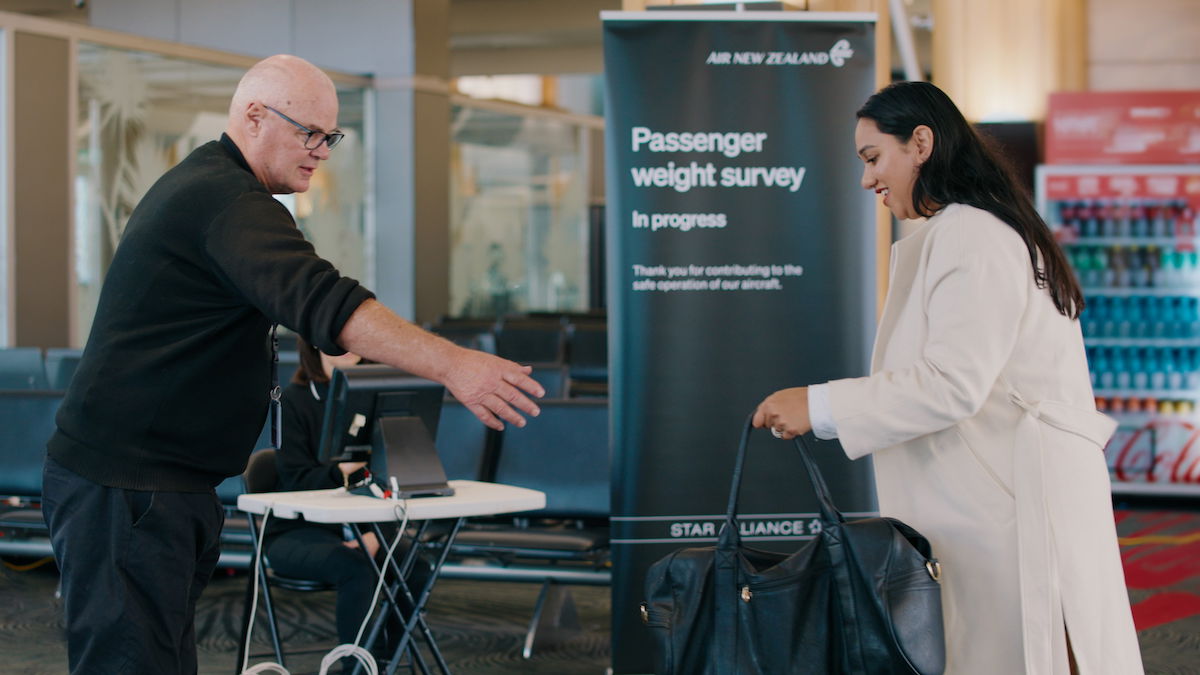
How exactly does this weight survey work?
Passengers being weighed isn’t compulsory, but the airline does “really appreciate customers helping out.” You can expect this survey to take place at the entrance to gate lounges of certain Air New Zealand international flights departing Auckland International Airport (AKL) between May 29 and July 2, 2023.
Even among those who volunteer, the data is anonymized. That’s to say that passengers are asked to step on a scale with their bags, but then the results can’t actually be seen by the data collection team or other customers.
As Air New Zealand Load Control Improvement Specialist Alastair James describes this initiative:
“We weigh everything that goes on the aircraft – from the cargo to the meals onboard, to the luggage in the hold.For customers, crew and cabin bags, we use average weights, which we get from doing this survey. We know stepping on the scales can be daunting. We want to reassure our customers there is no visible display anywhere. No one can see your weight – not even us! It’s completely anonymous. It’s simple, it’s voluntary, and by weighing in, you’ll be helping us to fly you safely and efficiently, every time.”
I can’t help but wonder if these numbers are actually fully accurate. In other words, even if it’s just subconscious, is there a bias whereby those who weigh less or those who have lighter carry-ons are more likely to voluntarily participate in this than others. If someone knew their carry-on bag was overweight, would they be just as likely to get on one of these?
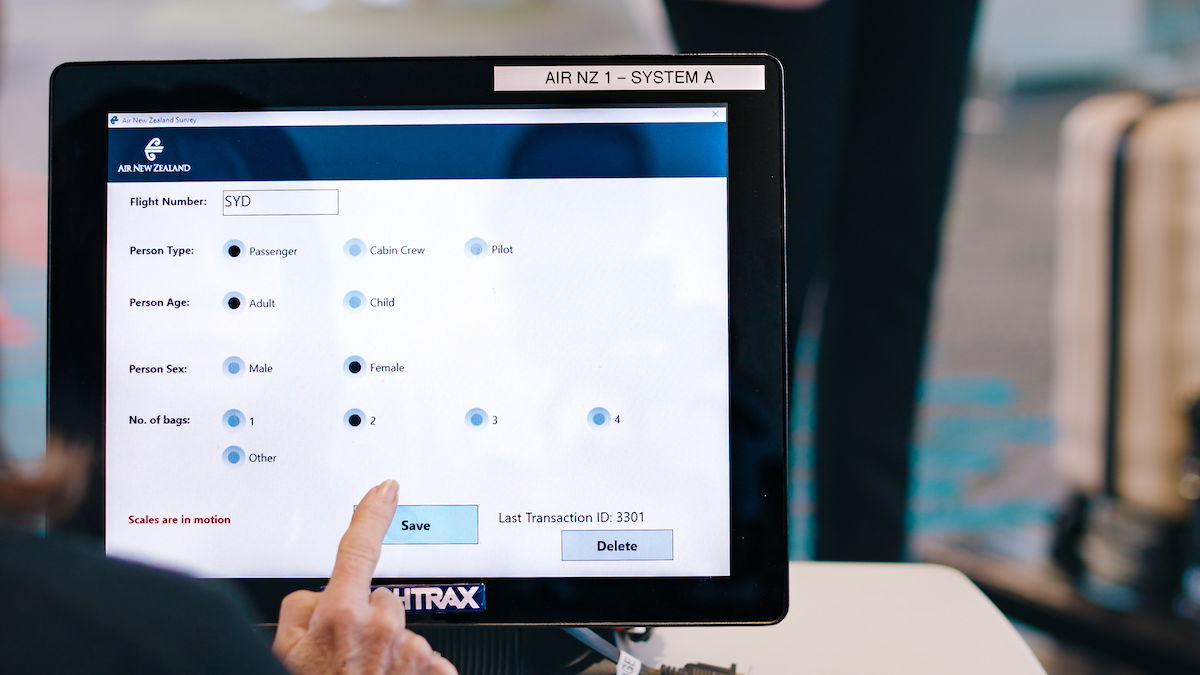
Hawaiian’s American Samoa experiment
Air New Zealand passengers being weighed brings to mind a 2016 story. Hawaiian Airlines noted that fuel burn was consistently higher on flights between Honolulu and Pago Pago than it was on other routes.
This caused the airline to believe that weight assumptions for this route were inaccurate. Nearly 94% of the population in American Samoa is overweight or obese, so it’s understandable that you might not want to assume average passengers weights are the same on flights to Japan as they are on flights to American Samoa, for example.
So the airline conducted a survey over the course of six months, whereby passengers and their carry-ons were weighed, to determine the average weights. The airline also only assigned seats at check-in so that weight could be distributed throughout the plane as efficiently as possible.
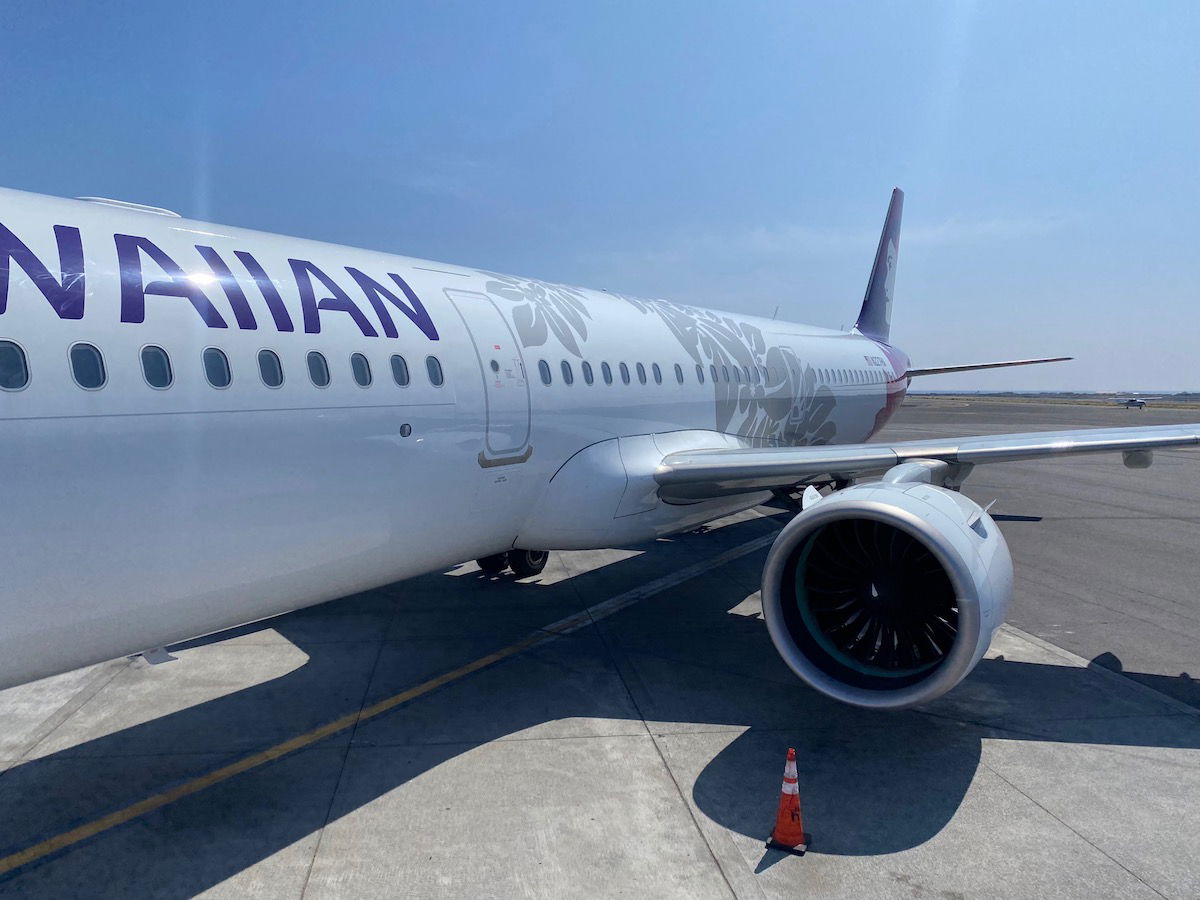
Bottom line
Every so often airlines need to weigh passengers so that they can make accurate projections. That’s happening over the coming weeks at Air New Zealand, as international passengers are being asked to step on scales.
As embarrassing as it may seem, this is ultimately voluntary, and the data is also anonymous. So this isn’t a situation where a check-in agent asks you to stand on the baggage scale and then reads your weight out loud.
Has anyone been asked to get on a scale when flying on a commercial flight?
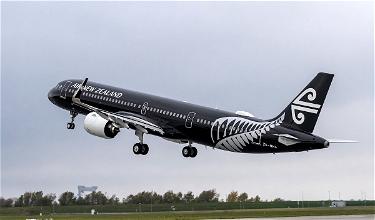

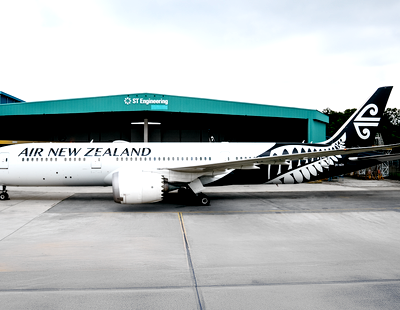
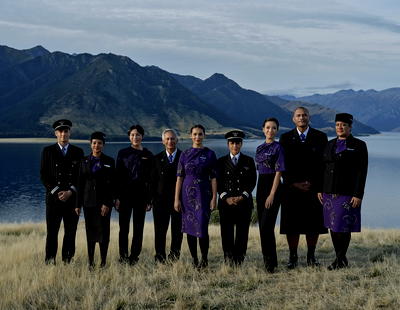

What you do have to remember is that not everyone that is big is because of over eating there maybe a medical problem or some form of illness so you are automatically stereotyping them, I believe it should be looked into more to say protect these venerable characteristics not just demand more money from these people
Weight and the location of the weight is critical to safety. Planes crash if they weigh too much or if the weight is in the wrong place. Guessing weight and it's location is a bad idea. It is easy to measure actual weight and center of mass location by measuring the weight on main gear and nose wheels. Commercial aircraft should have built in instrumentation to measure load supported by the wheels as the aircraft loads on the ground.
They can simply install the scale in the floor in the booth where they x-ray every passenger individually. Bingo.
Been weighed often on small puddle jumpers in remote locations where weight and balance are more critical than on jets. But even with analog scales, the weights were never visible to other passengers.
It is 2023 - body shaming is not appropriate.
Why not weigh the plane before take off and divide by number of passengers thats a good way of finding average.
it might be a good way to establish an 'average' but it would be 'after the pprocess' of assigning weight-distribution and balance - which is a key metric here.
Since it's voluntary, this is a self-selected group. The results are not valid for the entire universe of pax.
If they’d offer a decent discount to passengers who agree to be weighed they’d get more volunteers. Otherwise, what’s in it for the passengers? They could also have a scale in the floor of the corridor that weighs all passengers as they board the plane. They’d get a better average that way.
More accurate to say "Air New Zealand Weighing International Passengers Voluntarily", but I guess that wasn't as clickbait-y....
Not to be pedantic, but to be pedantic, doesn't your suggested rewording indicate that Air NZ is the one voluntarily weighing passengers? It's not voluntary for them as it's mandated.
Just make sure to weigh me before I hit the lounge!!
I never understood why ppl aren’t made to pay more based on combined weight of them and their luggage. I’m sick of subsidizing fat people and heavy packers air travel.
I wholeheartedly agree. I'm also sick of seeing short people and kids being able to sit in exit rows and bulkheads seats. I'm nearly 7 feet tall, why should someone be able to sit there if they don't need to? It's common sense.
I mean, people's weight can fluctuate fairly significantly. Do you weigh people when they book the ticket? At check-in? At boarding? If they are making weight, vomiting and taking laxatives, check in and then binge in the lounge, they could fairly easily add a couple of KGs before boarding, but then, at the same time, if they have a connecting flight, you are essentially telling them not to eat on their first flight.
It...
I mean, people's weight can fluctuate fairly significantly. Do you weigh people when they book the ticket? At check-in? At boarding? If they are making weight, vomiting and taking laxatives, check in and then binge in the lounge, they could fairly easily add a couple of KGs before boarding, but then, at the same time, if they have a connecting flight, you are essentially telling them not to eat on their first flight.
It would also discriminate against pregnant women, which tends to be frowned upon. And since the vast majority of aeroplanes can operate the vast majority of routes with a full capacity, the weight of a passenger is not directly proportional to what it costs the airline to fly you. So in a weight based system, an airline could easily lose money if planes filled up with tiny skinny people...
this comment actually made me laugh (in a good way). i'm imaging people doing all the things you said, the laxative run before getting weighed followed by binging in the lounge:)
besides its not discriminating against pregneant women, its discriminating against FAT pregneant women. i'm guessing plenty of pregneant women weigh less then plenty of fat men.
That's ok. I've always been tired of subsidizing stupid and insensitive people and yet you are still allowed to fly.
Okay fatty
That would discriminate: some people are taller (or shorter), have heavier (or lighter) builds, men and women, many factors they cannot influence.
Well, is this discrimination toward gender neutral based on the screen display?
I get asked all the time on smaller planes/carriers.... Cape Air, Southern Airways Express... you have to provide a weight at booking and then they ask again at check-in and can make you verify if they don't believe it to be plausible (per the FAA they can do that).
Benefit of Hawaiian doing the weight sampling years ago and Air New Zealand's current is not just fuel efficiency. If they have to use a...
I get asked all the time on smaller planes/carriers.... Cape Air, Southern Airways Express... you have to provide a weight at booking and then they ask again at check-in and can make you verify if they don't believe it to be plausible (per the FAA they can do that).
Benefit of Hawaiian doing the weight sampling years ago and Air New Zealand's current is not just fuel efficiency. If they have to use a different weight than standard average weights, knowing it in advance allows better planning.... such as Hawaiian knowing in advance if they could take a full plane out of Pago Pago, and if not, don't sell all the seats. Or better load plan for how much cargo they can take.
A lot of airlines do this on a slightly different scale and manner such as holiday flights between North and South or Central America with bag embargos, knowing they cannot accommodate all bags everybody would bring (and yes, I've seen one person pay $1000 cash in checked bag fees for all they were taking to El Salvador around Christmas time) so they limit everyone to one bag, a certain number to a second bag on first come/first served (or premium pax), and then only accept further on day of departure dependent on aircraft weight.
I live in Miami and at MIA, you will often see carts of bags being pushed by porters around the check in desks of the smaller South American Airlines (BoA, Suriname Aiways, etc.). These will often have dozens of bags and they will be set off to the side. I didn't know until recently that these airlines often send these bags on later flights if the passengers' flights cannot accommodate them.
My family is...
I live in Miami and at MIA, you will often see carts of bags being pushed by porters around the check in desks of the smaller South American Airlines (BoA, Suriname Aiways, etc.). These will often have dozens of bags and they will be set off to the side. I didn't know until recently that these airlines often send these bags on later flights if the passengers' flights cannot accommodate them.
My family is from South Asia. On flights to my country, you will see everyone checking in so much baggage (but not too much over allowance bags, since poeple have kids and get more allowances - 2 bags per person is often free on most airlines on those flights). But the check in for BoA can honestly probably beat that! I often see many single individuals checking in carts with a dozen bags for themselves.
I sure did. In Fiji, before boarding a seaplane.